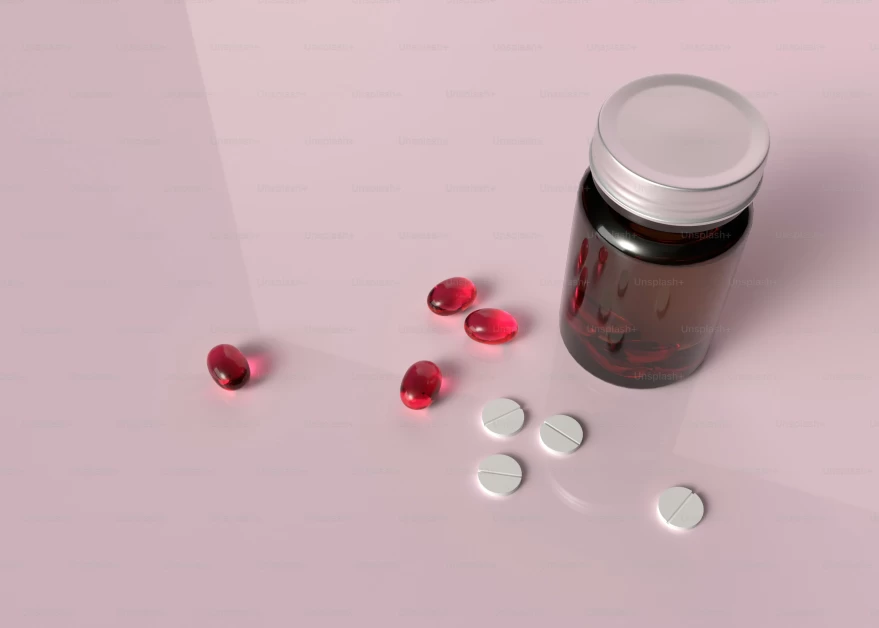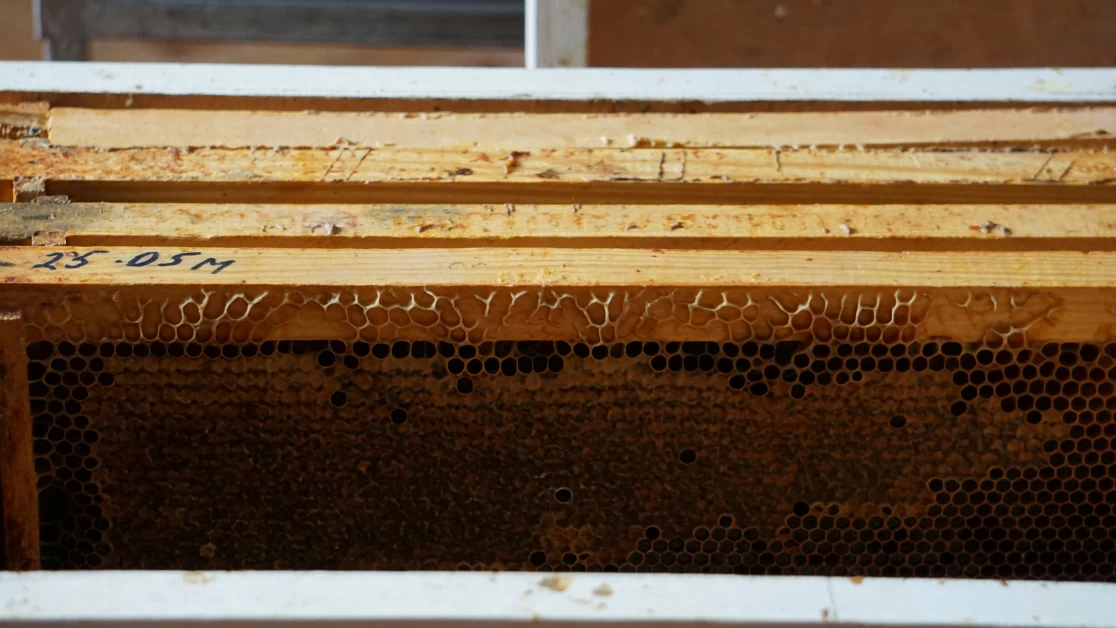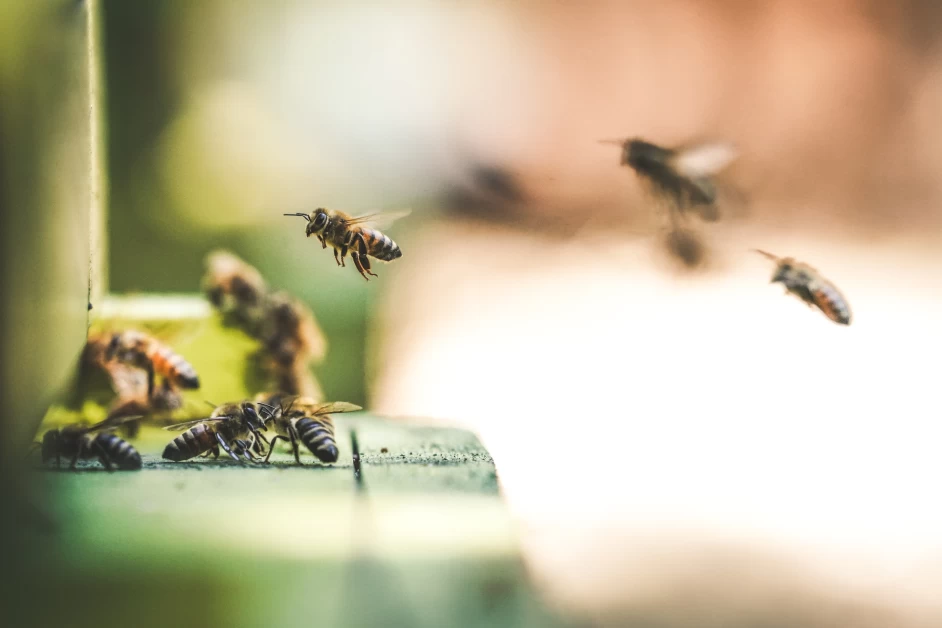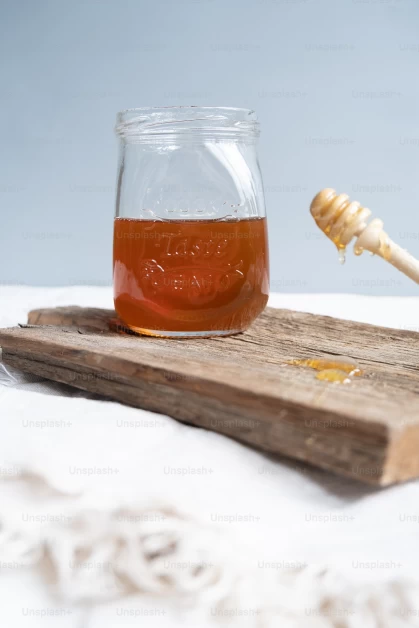Table of Contents
Manuka honey has gained popularity for its potential health benefits. Derived from the bees that pollinate the flowers of the Manuka bush in New Zealand and Australia, it contains active compounds that set it apart from regular honey. Many people have praised its ability to soothe a sore throat and support gut health as a prebiotic. In addition, Manuka honey’s anti-inflammatory properties may offer protection against gastric ulcers and gut infections, such as gastroenteritis. It has even shown promise in shortening the duration of diarrhea and inhibiting flu viruses. Furthermore, Manuka honey is being explored for its potential benefits in wound healing and treating skin disorders like rosacea and acne.
The Unique Properties of Manuka Honey
Manuka honey is known for its unique composition, which sets it apart from regular honey. It contains non-digestible carbohydrates called oligosaccharides, which act as prebiotics and help increase levels of “good” bacteria in the gut. These oligosaccharides also contribute to its potential gut health benefits. Manuka honey also contains naturally occurring compounds called methylglyoxal (MGOs), which are not found in regular honey. The MGO rating of Manuka honey indicates the concentration of these compounds and provides an indication of its nutritional benefits. Higher MGO ratings indicate a higher concentration of MGOs and, therefore, a greater nutritional benefit.
Testing Different Brands of Manuka Honey
Given the wide variation in price among different brands of Manuka honey, I decided to conduct a taste test of three jars from Holland & Barrett, Aldi, and Lidl. To ensure comparability, I chose jars with an MGO rating of 100. I tasted a spoonful of each brand for a week to see if I could discern any differences.
Holland & Barrett’s Manuka Doctor Premium Monofloral Manuka Honey
- Price: £29.99 for a 250g jar (equivalent to £11.99 per 100g)
- Current offer: Buy one, get one free, making it £14.99 per jar (£5.99 per 100g)
- Description: Tested and certified, natural and pure, helps support immunity
- Customer rating: 4.7 stars from 100 reviews
Holland & Barrett’s Manuka honey had a seal inside the lid, ensuring its freshness. It had a thicker and denser viscosity compared to the other brands. The taste was unique, with a sharper and less sweet flavor. It felt pleasant on the throat and left a pleasant aftertaste. After a couple of days of consuming this honey, I noticed a change in my bowel habits, indicating a potential impact on gut health.
Aldi’s Specially Selected Multifloral Manuka Honey
- Price: £4.99 for a 225g jar (equivalent to £2.22 per 100g)
- Description: Made and packed in New Zealand
Aldi’s Manuka honey had a glossy and shiny appearance. It had a runny consistency and tasted more like traditional honey, with a sweet flavor. It felt velvety on the tongue and was pleasant on the throat. However, after a week of consuming this honey, I did not notice any changes within my body. I also caught a cold and throat infection during this period, suggesting that it did not boost my immunity.
Lidl Deluxe Manuka Honey
- Price: £5.55 for a 250g jar (equivalent to £2.35 per 100g)
- Description: 100 percent pure and authentic New Zealand Manuka Honey
Lidl’s Manuka honey had a plastic seal around the lid and a sweeter taste compared to the other brands. Its consistency was not as smooth and velvety as Aldi’s version, but it was equally runny. Like Aldi’s honey, I did not notice any changes in my body after a week of consuming this honey. However, I found that taking a spoonful of it before bed helped calm my tickly cough during the night, although it did not cure the underlying illness.
Overall Verdict
It was challenging to determine the extent of the impact these honeys had on my health. After completing the two weeks of Aldi and Lidl’s versions, I returned to the Holland & Barrett Manuka honey and noticed a difference in my gastric health. My cold symptoms also eased during this period. However, when I stopped taking the Holland & Barrett honey, my symptoms returned.
Based on my experience, if you are interested in boosting your immunity and gut health with Manuka honey, the Holland & Barrett Manuka honey may be worth trying. While the Aldi and Lidl varieties did not seem to offer any additional health benefits compared to regular honey, they were more expensive. Standard honey can be purchased for just 75p from Aldi, making these alternatives less cost-effective. Although the Holland & Barrett Manuka honey is relatively pricey, it appears to have more significant effects on the body.
In conclusion, if you are considering using Manuka honey for its potential health benefits, it is essential to choose a reputable brand with a high MGO rating. However, it is always advisable to consult with a healthcare professional before making any significant dietary changes or using natural remedies for medical conditions.









